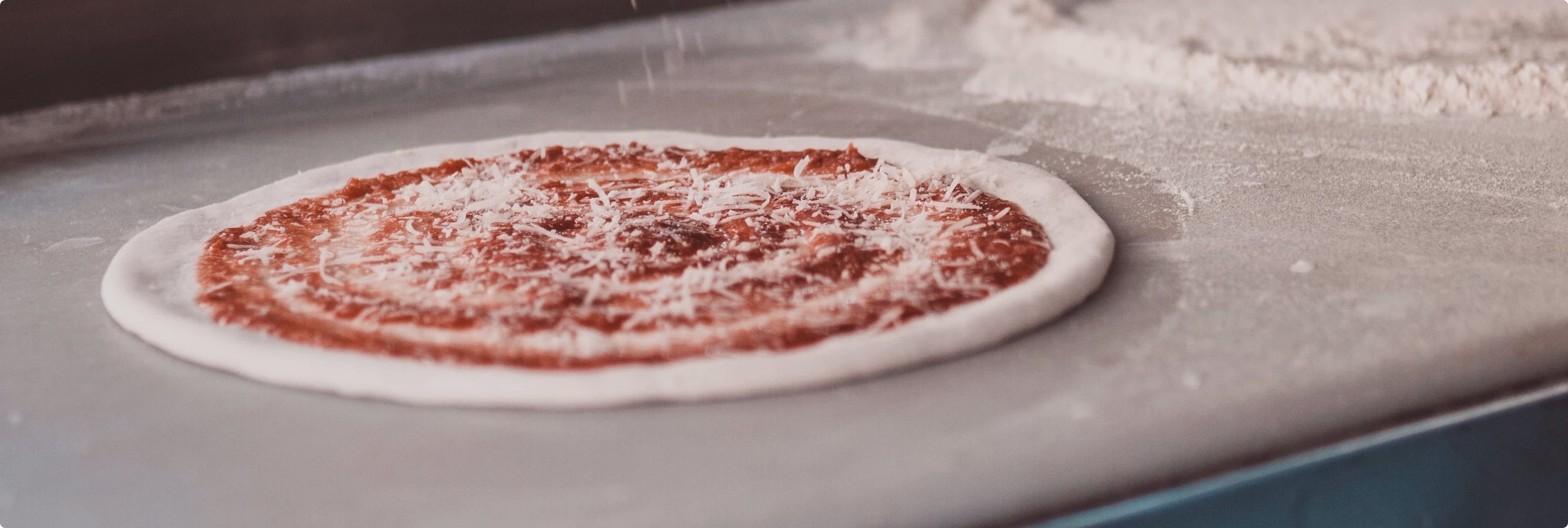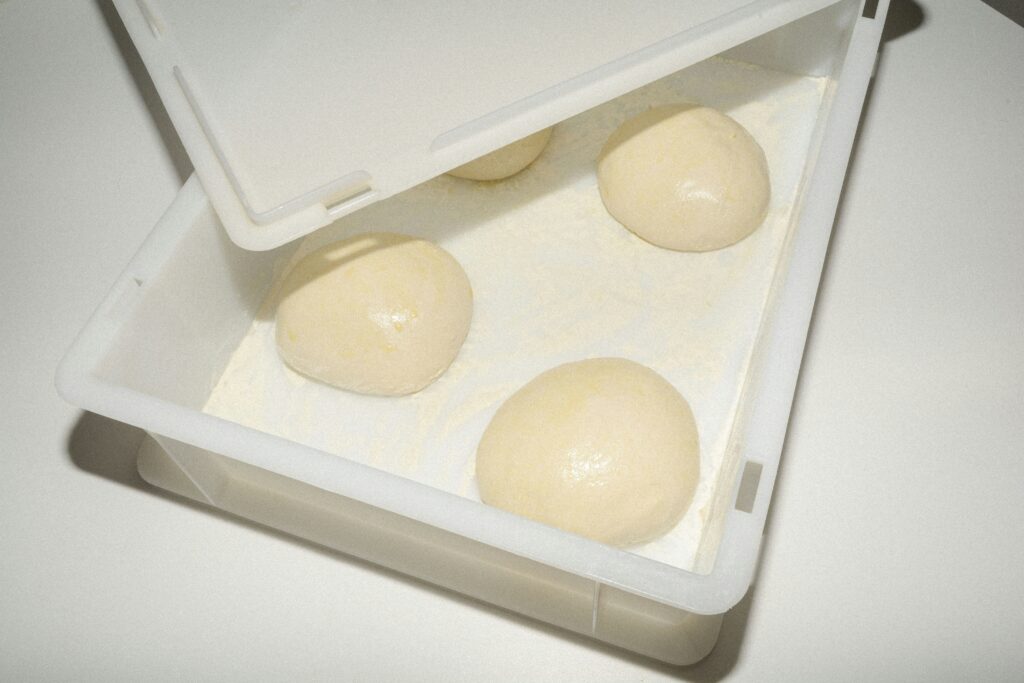
Which is the best oven for baking pizza?
Pizza is perhaps the dish of our tradition that has been most exported and appreciated in the world.
Baking is the last phase of its preparation and for that reason it has a crucial influence on its quality, taste and, above all, texture. There are different types of pizza ovens and it is possible to distinguish them by the type of power supply:
- Wood
- Gas
- Electric
In addition, for each type of power supply there are different models.
All oven manufacturers have worked over the years to offer pizza makers more and more advanced models and today, thanks to some research about new materials and technologies, it is almost possible to choose the perfect oven for our ideal pizza. Let’s go on to consider the characteristics and benefits of the different types of baking.

In the Neapolitan tradition the pizza must be baked in a wood-fired oven made of refractory stone that is especially designed to operate at temperatures close to 450°C. The flame baking with this type of oven requires great skill and experience as with such high temperatures it lasts just over a minute. However, the wood-burning oven is also used at lower temperatures (350-380°C) for classic pizza. In this type of oven, baking is based on 3 effects: convection, contact and irradiation.
CONVECTION is the movement of hot air that is created inside the oven due to the entry of the air necessary to feed the flame, and therefore combustion.
CONTACT of the pizza on the refractory base.
IRRADIATION of ultraviolet rays produced by the flame that propagate in every direction thanks to the dome.
The benefits of the wood-burning oven are many. In fact, beyond the choreographic aspect that the burning flame can offer to pizzeria customers, this type of baking is certainly the fastest and most suitable for large numbers. The hygienic aspect is perhaps the only flaw. In fact, the wood logs are not always clean and to feed the oven the pizza chef uses the same hands with which then he manipulates dough and toppings. The wood-fired oven also requires the installation of very expensive, suitable and insulated chimneys as well as, often, the installation of a fume abatement system necessary for anti-pollution regulations. To reduce all these hygienic and practical problems, today in the traditional wood-burning oven it is possible to apply a gas burner equipped with thermoregulation.
Thanks to the progress of innovation, since the mid 90’s it is also possible to choose a rotating oven (wood, gas or even pellets). This solution helps enormously the pizza chef who is no longer forced to turn the pizza by themselves and move it inside the oven thanks to the automatic rotation of the bedplate. Furthermore, in these ovens the combustion takes place in a chamber adjacent to the cooking surface and this avoids the risk of ash falling on the pizza. This oven is certainly the most suitable for classic Neapolitan pizza.

This type of oven is probably the one that guarantees the best operating economic benefit. The baking temperature is adjustable and, moreover, you have the possibility to use the whole baking surface because it has a homogeneous and well distributed temperature. With this baking system, however, you do not have the ultraviolet ray effect of the flame and the convection effect that only the wood fired oven can offer is reduced. In order to obtain a good result, it is also essential to minimize the putting in time and the taking out time of pizzas.
In fact, when you open the door, the temperature of the chamber drops abruptly while that of the oven bedplate does not, so cooking with the door open would risk burning the lower part of the pizza. The gas oven can still be considered an excellent solution for those who are looking for an easy to use oven with low operating costs and is suitable for baking classic pizza and pan pizza.

This type of oven is heated by ceramic or metal electric resistances. The electric oven was originally used for the preparation of pan pizza and focaccia but, recently, thanks to the application of highly evolved electronic boards that facilitate its setting, it is also used for baking classic pizza and Roman style pizza in pala. The baking is carried out by contact on the refractory surface and the irradiation is guaranteed by the projection of heat offered by the resistances locating on the top of the oven. In electric ovens with a rotating bedplate it is also possible to obtain the convection effect, which is created by the movement of the pizza inside the oven. There are various sizes and features of them, with digital panels to control every single area of the baking chamber. This can be considered the type of oven with which you can achieve perfect pizza baking… or almost perfect. It doesn’t require the assembly of particular chimneys because no combustion takes place inside it. The electric oven can be considered suitable for all kinds of pizza, including Neapolitan pizza. In fact, even for this particular type of baking, in recent years, some models which are able to guarantee extraordinary effects even at temperatures over 450°C have been realized.
Electric tunnel ovens are also available on the market. Pizza enters and leaves them automatically thanks to a conveyor belt made of steel mesh or even refractory material. With this oven the pizza chef will only have to worry about placing the pizza at the entrance of the oven, which will carry out the baking with adjustable times and temperatures. In this baking system the effect of convection is predominant.
So… when it comes to baking, what is really the best?
I think I can say that when it comes to soft and smooth Neapolitan pizza, traditional wood-burning baking at very high temperature cannot be but the best. That is because the softness and color that are typical of Neapolitan pizza can be obtained only with very fast flame-baking. Generally, wood fired ovens, rotating ovens and electric ovens can be considered the most suitable for classic pizza. The reason lies in the fact that the crunchiness can only be obtained with longer baking times and temperatures between 300°C and 370°C, so these baking systems can give better results.
For Roman style pizza and for pan pizza with crispy crust and very developed soft inside, I believe that the new generation electric ovens are the most suitable. Baking high hydration dough is not easy and sometimes it requires a double passage in the oven. Thanks to its great modulation, only the electric oven is equipped with all the adjustments that these particular pizza types require.
But what is meant by well-baked pizza?
The concept of “well-baked” is extremely subjective but what is an objective index of quality is certainly the chewability and therefore the ease with which the pizza can be eaten.
Regardless of whether you are evaluating the baking quality of a crispy or soft, high or thin pizza, this characteristic remains decisive. Good chewability comes not only from good baking, but also from the right balance between type of flour, hydration, dough rising/maturation, handling and baking of the pizza. It can be obtained only through the correct execution of dough and the adoption of the most suitable oven for a specific type of pizza.



